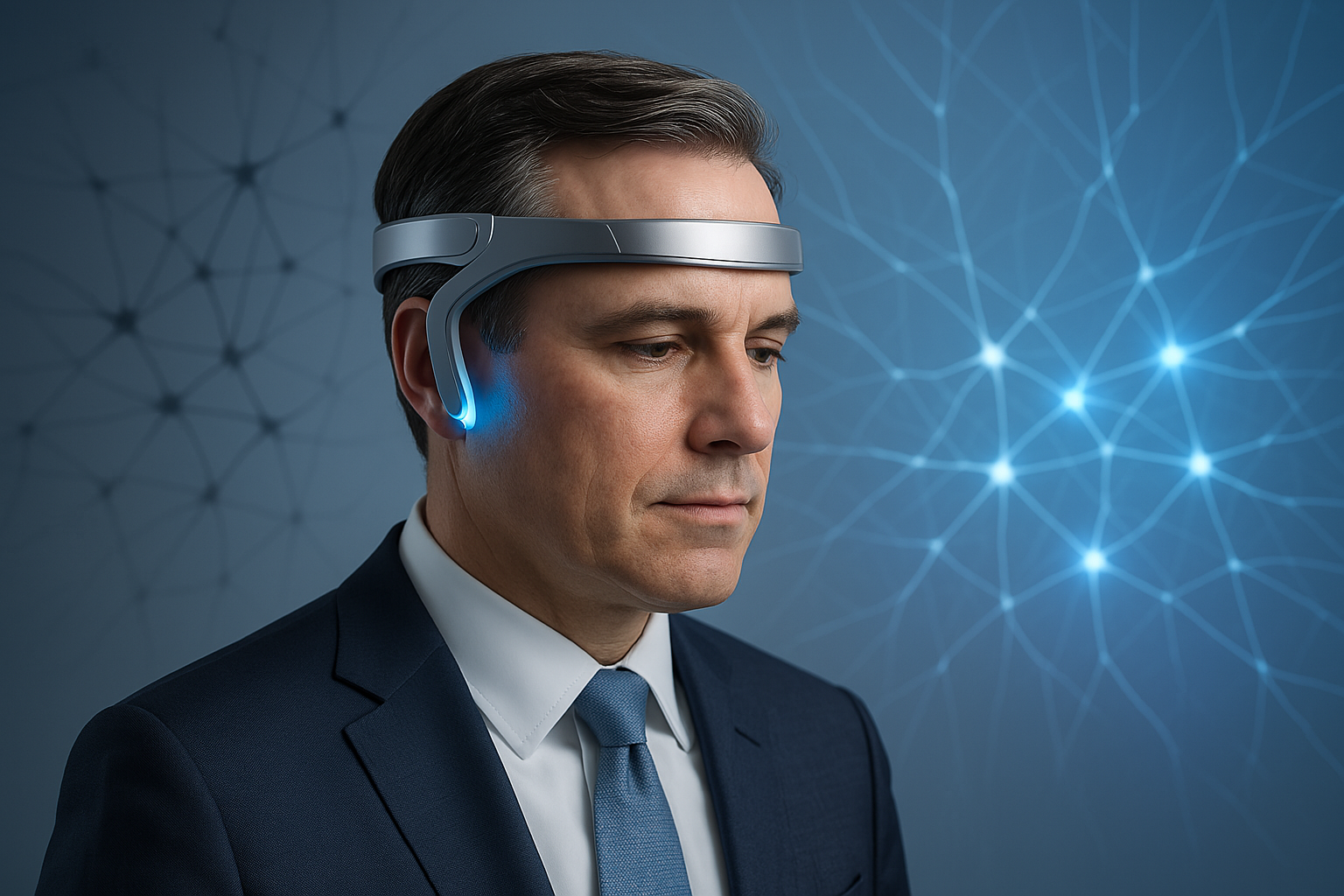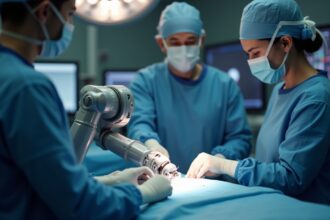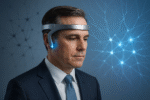The $210 Billion Productivity Drain
Depression isn’t just a healthcare crisis—it’s a global economic emergency. The World Health Organization (WHO) estimates that 280 million people worldwide suffer from depression, while workplace productivity losses in the U.S. alone exceed $210 billion annually. Nearly 30% of patients do not respond adequately to conventional antidepressants, creating a treatment-resistant population that incurs significantly higher healthcare costs.
The emergence of wearable neurostimulation devices marks a pivotal shift in depression treatment. Unlike traditional clinic-based procedures, these medical-grade wearables enable continuous brain modulation outside clinical settings, offering a scalable and cost-effective alternative. For business leaders and healthcare executives, understanding this transition is critical for strategic decision-making in mental healthcare.
The Traditional Neurostimulation Landscape
Electroconvulsive Therapy (ECT): Effective but Burdensome
ECT remains one of the most effective treatments for severe, treatment-resistant depression, with response rates reaching 70-90% in clinical settings. However, the treatment comes with significant drawbacks:
- Requires anesthesia and clinical supervision
- Can cause short-term memory loss in some patients
- Limited accessibility due to specialized equipment and stigma
Repetitive Transcranial Magnetic Stimulation (rTMS): A Non-Invasive Alternative
Approved by the FDA in 2008, rTMS uses magnetic fields to stimulate brain regions linked to mood regulation. Studies show:
- 50-60% response rates in treatment-resistant depression
- 30-40% remission rates after a full course
- Minimal side effects compared to ECT
Despite its benefits, rTMS has limitations:
- Requires daily clinic visits for 4-6 weeks
- High relapse rates (40-50% within a year) without maintenance sessions
- Expensive equipment, limiting widespread adoption
Invasive Options: Vagus Nerve Stimulation (VNS) and Deep Brain Stimulation (DBS)
For the most severe cases, surgical neurostimulation may be considered:
- VNS: Shows gradual improvement, with response rates increasing from 22% at 3 months to 55% at 2 years
- DBS: Demonstrates 60-70% response rates in clinical trials but remains experimental for depression
These treatments are costly (over $100,000) and require specialized surgical expertise, making them last-resort options.
The Wearable Neurostimulation Revolution
Transcranial Direct Current Stimulation (tDCS): At-Home Brain Modulation
tDCS delivers low electrical currents (1-2 mA) through scalp electrodes to enhance brain activity. Clinical trials suggest:
- Response rates of 20-30% in depression
- Comparable remission rates to antidepressants (~17%)
- Lower cost (~$1,000/year) than rTMS or medications
Key advantages:
- Can be used at home with FDA-cleared devices
- Minimal side effects (mild tingling or itching)
- Integrates with mobile apps for guided therapy
Wearable AI and Predictive Detection
Beyond treatment, wearable devices now incorporate AI-driven depression detection:
- Heart rate variability (HRV) and sleep patterns predict depressive episodes with 80-90% accuracy
- Movement and speech analysis can detect mood changes before symptoms appear
- Companies like Flow Neuroscience and Muse are pioneering closed-loop neurostimulation that adjusts therapy in real time
Strategic Implications for Businesses and Healthcare
Market Growth and Adoption Trends
The wearable neurostimulation market is projected to grow at 30% annually, driven by:
- Employer wellness programs integrating mental health wearables
- Insurance coverage expansions (CMS added tDCS reimbursement in 2023)
- Telehealth integration enabling remote monitoring
Implementation Challenges
Despite promise, barriers remain:
- Regulatory hurdles: FDA clearance for prescription wearables is slow
- Clinical validation needed: Larger real-world studies are still lacking
- Data privacy concerns: HIPAA-compliant handling of biometric data is essential
Strategic Recommendations for Executives
- Pilot workplace mental health programs with wearable neurostimulation
- Combine wearables with digital therapy for better outcomes
- Invest in AI-powered predictive analytics to prevent depressive episodes
- Address healthcare disparities by making wearables accessible in underserved areas
The Future: Closed-Loop Neurostimulation
Next-generation devices will feature:
- Real-time biomarker feedback (EEG, HRV, movement)
- Multi-target brain stimulation (prefrontal cortex + limbic system)
- Integration with electronic health records (EHRs) for personalized care
Pharmaceutical companies are already using wearable data to:
- Improve clinical trial monitoring
- Identify new drug targets
- Develop precision psychiatry approaches
Conclusion: A New Era in Mental Healthcare
Wearable neurostimulation is not just an alternative—it’s a paradigm shift. By enabling continuous, personalized, and accessible depression treatment, these devices promise to:
- Reduce healthcare costs by up to 50%
- Improve workplace productivity through early intervention
- Transform mental healthcare delivery from reactive to preventive
The businesses that embrace this shift will lead the next wave of mental health innovation.
References
- World Health Organization (WHO) – Global Depression Statistics
- American Psychiatric Association – Treatment-Resistant Depression Guidelines
- FDA Clearance Documents for rTMS and tDCS Devices
- National Institute of Mental Health (NIMH) – ECT Efficacy Data
- Journal of Clinical Psychiatry – tDCS vs. Antidepressants Study (2021)
- CMS Reimbursement Guidelines for Neurostimulation (2023)
- Flow Neuroscience Clinical Trial Data
- Muse Headband – AI Depression Detection Studies









